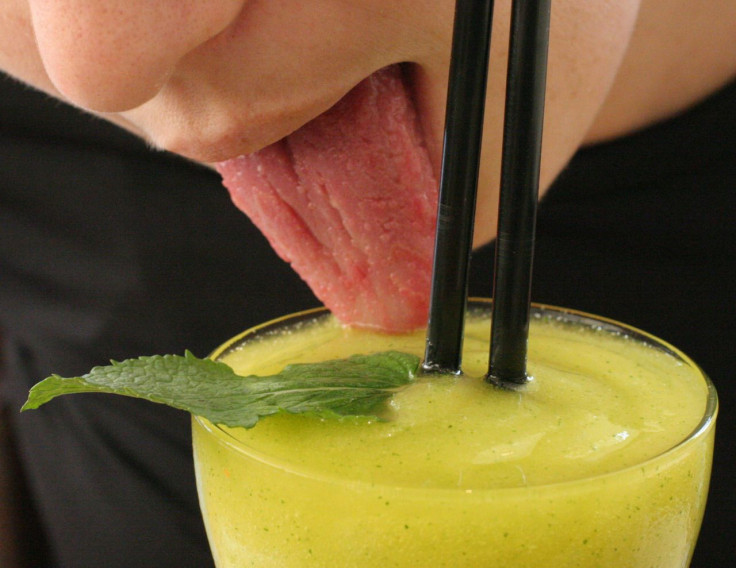Instagram App Provides Insight On Underage Drinking Habits, Trends

Instagram just got a little more useful — and no, I’m not talking about new filters or cropping techniques. Researchers from the University of Rochester have determined that using photos and and text from the app, it’s possible to expose patterns of underage drinking more efficiently and cheaply than traditional methods, such as surveys. The Instagram method would also be able to reveal extra information, like what alcohol brands or types are favored by certain demographic groups.
Instagram is a very popular app among teens and offers up a plethora of information on users in the form of photos and text. Underage users “are willing to share their alcohol consumption experience” on social media, according to the paper by Jiebo Luo, professor of computer science at the University of Rochester, and colleagues. This method allows researchers to observe the behavior of the target population passively, in an “undisturbed state.”
Traditional methods of monitoring teenage drinking have distinct disadvantages — one of the most common of which is dishonesty. Teens may not feel comfortable being honest on an administered survey on alcohol consumption, and those who do decide to respond might not make a large enough sample size from which researchers can draw conclusions.
The team found a way to select Instagram users that fit the profile they were hoping to study by applying computer vision techniques. Extracting information from images on the Internet is much more complicated than getting information from text, but Luo and his team were able to analyze the faces of Instagram users to accurately create a profile of their gender, age, and race.
After selecting a group of users to study, the researchers monitored drinking related activity through their photos, analyzing the social media tags associated with the posts, constructing an Internet slang dictionary, and tracking which alcohol brands the users followed. They did observe different brands were followed by different genders, and some brands are attracting younger audiences on social media. The team thought this knowledge could be useful to those working with underage drinkers.
“There are several ways we can go about doing that,” said Luo in a statement. “We can keep government agencies or schools better informed and help them design interventions. We could also use social media to incorporate targeted intervention and to measure the effect of any intervention. And perhaps other things we haven’t thought about.”
Luo says an important part of the research is checking the results of their approach with surveys, ensuring their methodology is accurate before applying it to even more information from Instagram. The team hopes to collaborate with those addressing other youth issues like teen pregnancy, drugs, stress, and depression.
“This new method could be a useful complement to more traditional methods of measuring youth drinking,” said Elizabeth Handley, clinical psychologist and research associate at the University’s Mount Hope Family Center. “It could provide important new insights into the contexts of youth drinking and be a valuable tool for evaluating the effectiveness of school or community-based preventative interventions.”
Source: Luo J, Pang R, Baretto A, Kautz H. New Technology Can Mine Data From Instagram To Moniter Teenage Drinking Patterns. Presented at 2015 IEEE International Conference on Big Data. 2015.



























